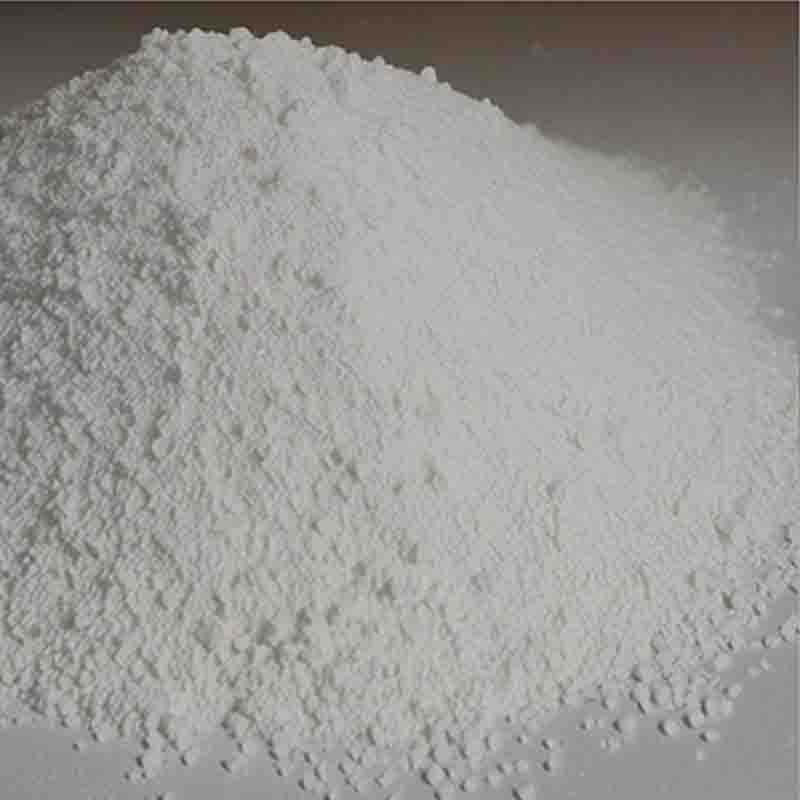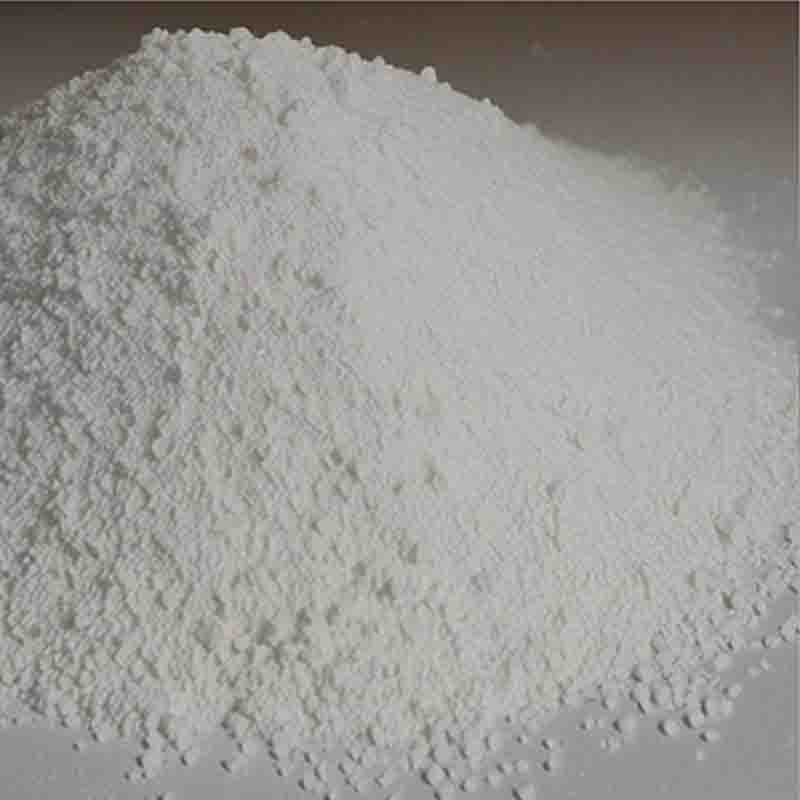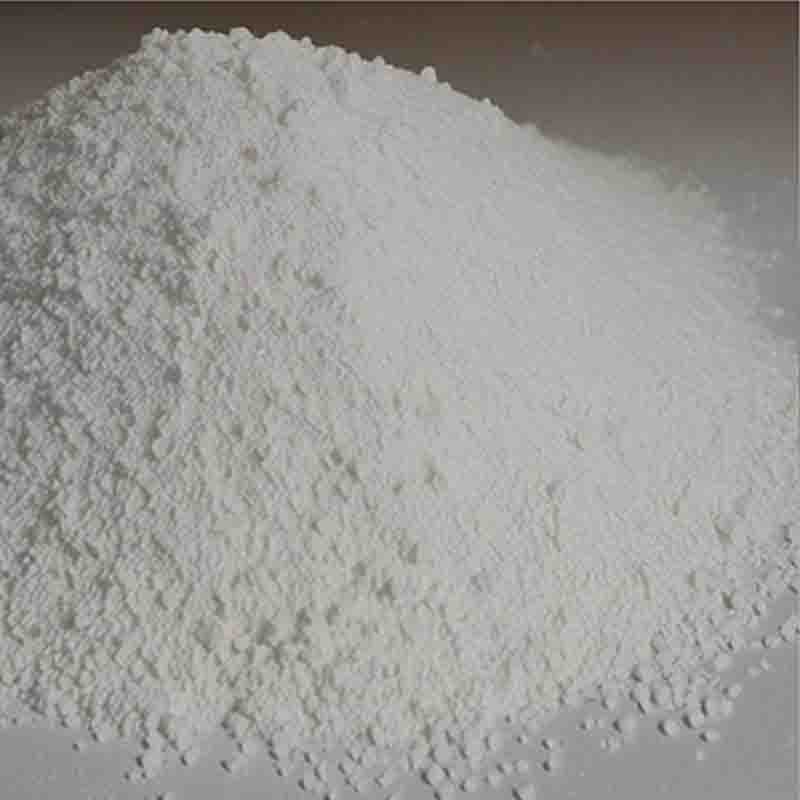DICHLORO[1,3-BIS(DIPHENYLPHOSPHINO)PROPANE]PALLADIUM(II) CAS: 59831-02-6
| Catalog Number | XD94429 |
| Product Name | DICHLORO[1,3-BIS(DIPHENYLPHOSPHINO)PROPANE]PALLADIUM(II) |
| CAS | 59831-02-6 |
| Molecular Formula | C27H26Cl2P2Pd |
| Molecular Weight | 589.77 |
| Storage Details | Ambient |
Product Specification
| Appearance | White powder |
| Assay | 99% min |
Dichloro[1,3-bis(diphenylphosphino)propane]palladium(II), commonly referred to as PdCl2(dppp), is an essential organometallic complex extensively utilized in various catalytic processes. It consists of a central palladium atom coordinated to two chloride ions and a 1,3-bis(diphenylphosphino)propane (dppp) ligand. This complex has found significant applications in catalysis, particularly in cross-coupling reactions and other palladium-catalyzed transformations.PdCl2(dppp) is widely used as a catalyst in cross-coupling reactions, such as the Suzuki-Miyaura and Heck reactions. In these reactions, carbon-carbon bond formation between two organic molecules is facilitated by PdCl2(dppp) as a catalyst. The dppp ligand plays a crucial role in these reactions by stabilizing the palladium intermediate species, enhancing reactivity, and improving the selectivity of the reaction. This complex has demonstrated excellent efficiency and versatility in a variety of cross-coupling reactions, enabling the synthesis of complex organic compounds with high yields.In addition to cross-coupling reactions, PdCl2(dppp) is also utilized in other palladium-catalyzed transformations, such as carbon-heteroatom bond formation reactions. For example, it is employed in Sonogashira coupling reactions, allowing the synthesis of aryl-alkyne derivatives. Moreover, PdCl2(dppp) can promote C-H activation, leading to the selective functionalization of aromatic compounds.The dppp ligand in PdCl2(dppp) provides steric hindrance and electronic effects that influence the reactivity and selectivity of the catalyst. Its presence facilitates the stabilization of various reactive palladium intermediates, allowing for the design of highly efficient catalytic systems. This complex is also employed in the synthesis of complex natural products, pharmaceutical intermediates, and fine chemicals, owing to its ability to enable selective and high-yielding reactions.Furthermore, PdCl2(dppp) is frequently used in the synthesis of molecular organometallic complexes and coordination polymers for applications in materials science. The dppp ligand, with its versatile coordination abilities, assists in the formation of these compounds, thereby contributing to the development of functional materials with controlled porosity and reactivity. These materials find uses in areas such as gas storage, catalysis, and molecular recognition.To summarize, PdCl2(dppp) is a valuable catalyst in various palladium-catalyzed reactions. Its application ranges from cross-coupling reactions to carbon-heteroatom bond formation reactions, providing access to complex organic compounds and pharmaceutical intermediates. In addition, this complex plays a significant role in materials science, enabling the synthesis of coordination polymers and molecular complexes with tailored properties. PdCl2(dppp) is a versatile and indispensable tool for chemists working in organic synthesis, materials science, and pharmaceutical chemistry.


![DICHLORO[1,3-BIS(DIPHENYLPHOSPHINO)PROPANE]PALLADIUM(II) CAS: 59831-02-6 Featured Image](https://cdn.globalso.com/xdbiochems/白色粉末1555.jpg)
![DICHLORO[1,3-BIS(DIPHENYLPHOSPHINO)PROPANE]PALLADIUM(II) CAS: 59831-02-6](https://cdn.globalso.com/xdbiochems/粉末1470.jpg)





